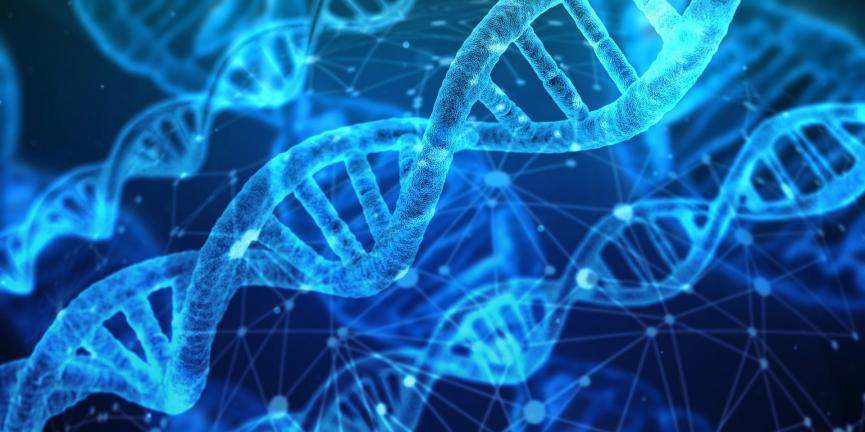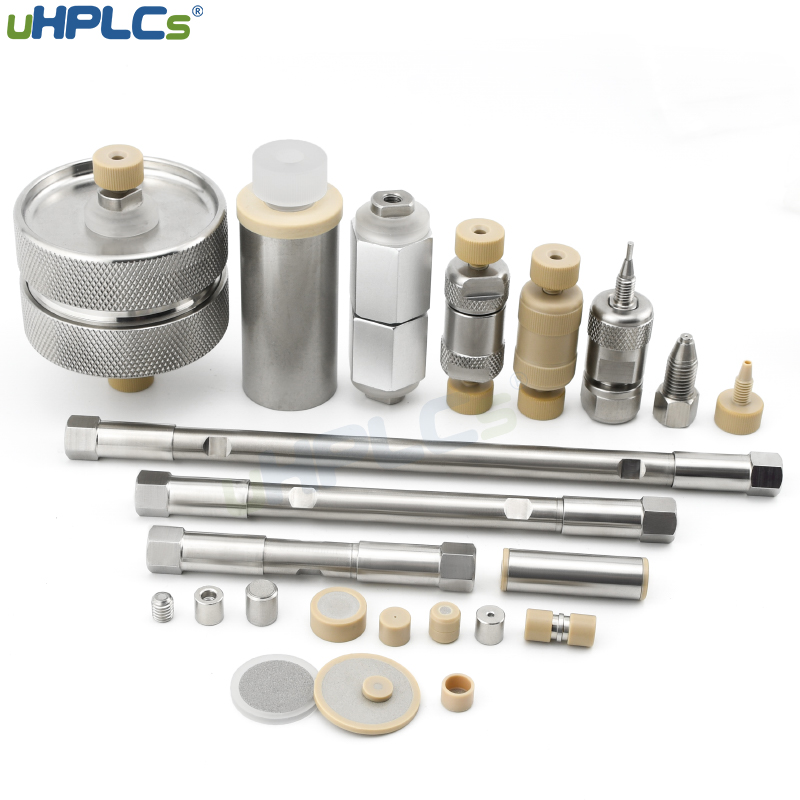On July 29, 2020, the General Administration of Market Supervision issued the “Determination of Trisodium Trimerthiocyanate in Wheat Flour”, “Determination of Benzohydroxamic Acid in Wheat Flour and Its Flour Treatment Agent”, and “Determination of Kojic Acid in Wheat Flour” Announcement of 3 food supplement inspection methods. The principle is as follows:
The sample was extracted with methanol, determined by high performance liquid chromatography-diode array detector, and quantified by external standard method.After trisodium thiocyanate is detected in the sample, it is confirmed by liquid chromatography-mass spectrometry/mass spectrometry.
The benzhydroxamic acid in the sample was extracted with methanol, determined by high performance liquid chromatography, and quantified by external standard method。After benzhydroxamic acid was detected in the sample, it was confirmed by liquid chromatography-mass spectrometry/mass spectrometry.
The kojic acid in the sample is extracted with pure water, detected by high performance liquid chromatograph equipped with diode array detector or ultraviolet detector, and quantified by external standard method.
Liquid chromatography is a very important inspection method in food detection. High performance liquid chromatography (HPLC) has the characteristics of high pressure, high efficiency, high sensitivity, fast analysis speed, and fast current carrying speed. Stable or unstable compounds with high boiling point and high molecular weight. These substances account for 80% of the total number of organics. The detection by high performance liquid chromatography can save time and effort and greatly improve efficiency.
It can also be used to detect the composition of the food itself, especially the analysis of nutrients, such as sugars, organic acids, vitamins, proteins, amino acids, and fats; food additives, such as preservatives, antioxidants, synthetic colors, sweeteners and preservation chemicals Analysis of food contaminants, such as pesticide residues and aflatoxin, etc.
In the process of food testing, chromatographic consumables are used as accessories for daily consumption. Choosing better quality consumables and accessories has a great effect on the daily maintenance of the chromatograph and improving the detection efficiency.UHPLCS Consumables can safely and effectively protect the chromatograph accessories, reduce the risk of project delay or disorder, ensure a more stable and objective analysis and purification effect, and reduce the damage cost of mobile phase channel accessories by more than 70%.We have rich product experiance and strong manufacturing technologyy capabilities in chromatograohic column with high degree of seperation and long service life,guard column with less dead volume and low back pressure,UPLC in-line filter,non-bubble solvent inlet filter with high purification capacity,0.1um inner surface roughtness HPLC guard column tube,ghost peak removal column,tubing connector thread filting,etc.
Modern living standards and quality have been greatly improved, and people are also very concerned about food safety. “Food for the people” is a culture that has been passed down for thousands of years in China. Various scientific and technological methods are used to improve the efficiency and accuracy of food testing. Improving the food safety inspection system and strengthening the level of food safety inspection technology are important topics and goals that need to be studied in the future.
Post time: Dec-19-2020








